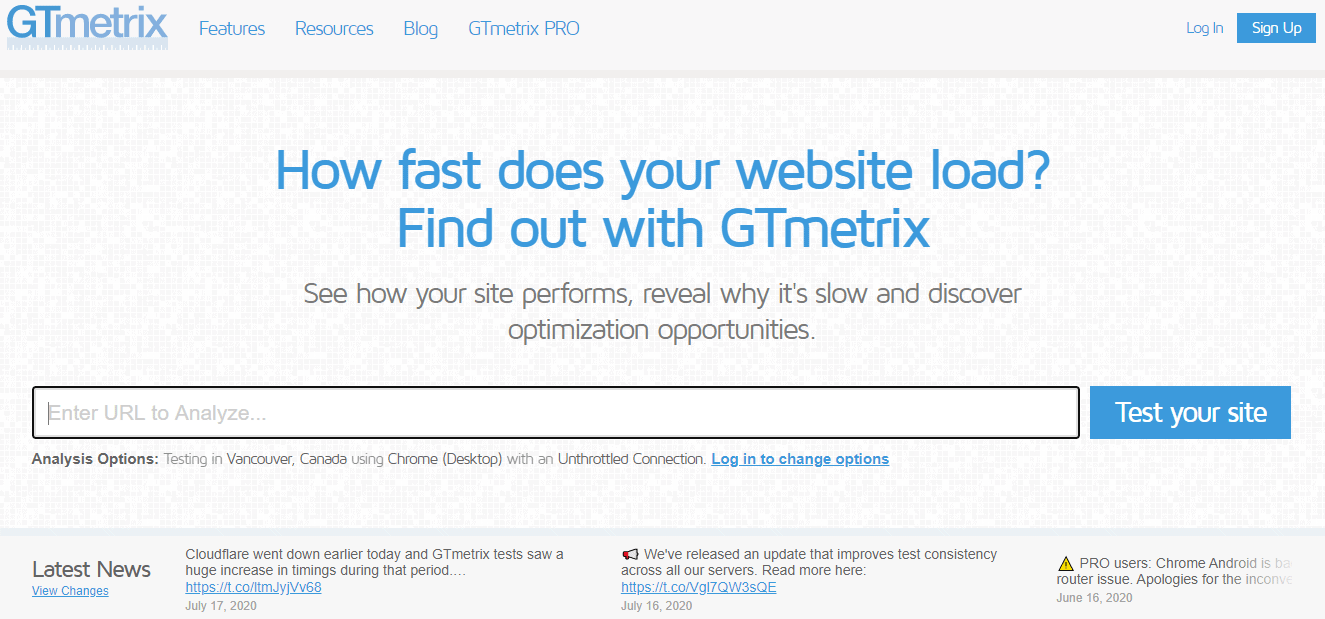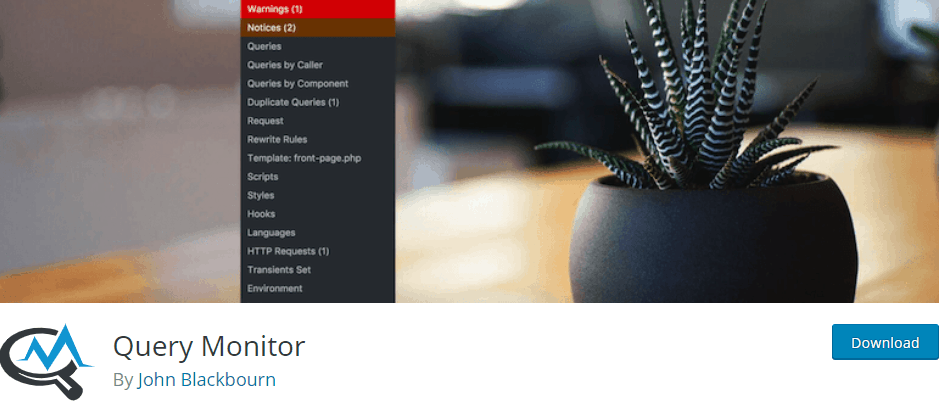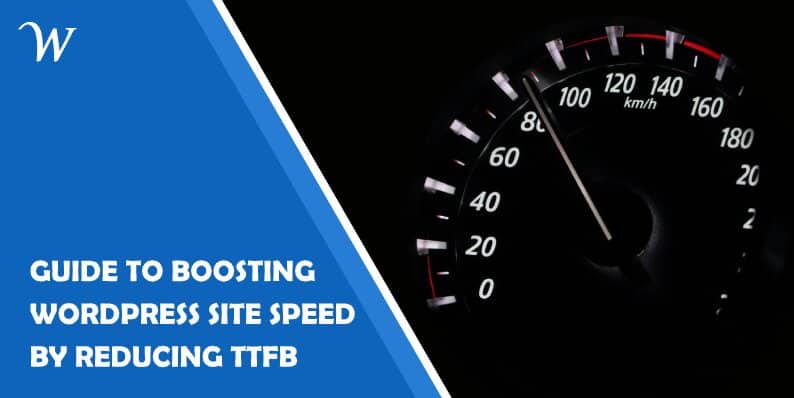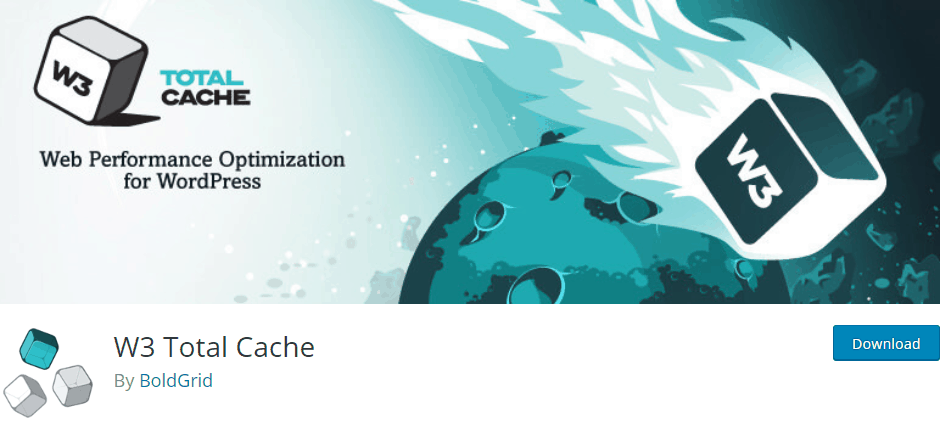We bet at least 50% of you are hearing this for the first time in their lives. TTFB! (i.e. Time to First Byte)
This is a website loading metric! Quite unheard, right?
Now talking of the concept, Time to First Byte or TTFB is a factor that affects your site’s user experience and you should pay considerable attention to its context as well as application. Here’s what you need to know about your site’s TTFB and how you can reduce it to speed up your WordPress blog or a website.
What is TTFB?
TTFB is a speed measurement. It measures the time taken to respond to an HTTP request by the browser, to the first byte of the page. Simply explained, TTFB equals the time taken by socket connection to set up, the time taken to send the HTTP request, and the duration taken for the page’s first byte to load.
One thing that differentiates TTFB from other similar measurements is the inclusion of network latency in the original calculation.
So, in the layman term, TTFB is simply the time taken for the first byte of the page to load on the browser as soon as the button to load the website is hit. This also explains why TTFB is crucial since it vouches for a site’s responsiveness and user-experience.
Factors that impact a site’s TTFB
Just like all other website metrics, certain factors impact your site’s TTFB as well:
- The response time for the DNS (Global DNS caching is recommended)
- The performance of the server configuration (PHP and webserver)
- Your installed WordPress Plugins/Theme
- HTML caching
- The surge of traffic on the site
- Dynamic content creation
- Any network issues
- Slow queries caused by database design
- Exceeded capacity of the origin server
Your choice from the various web hosting options also decides your site’s TTFB. The efficiency of your web server configuration greatly reduces the latency in TTFB. A good cache enabling WordPress plugin also goes a long way in reducing your TTFB.
Ways to reduce your site’s TTFB
Did you know that the recommended TTFB for mobile sites is under 1,3s? If you want to calculate your site’s time to the first byte, you can go to GTmetrix to check out the same. The tool refers to TTFB as “waiting” time.
 Now let’s take a look at the ways you can effectively reduce the ‘Time to First Byte’ for your site and offer a great user-experience to your website visitors.
Now let’s take a look at the ways you can effectively reduce the ‘Time to First Byte’ for your site and offer a great user-experience to your website visitors.
1. Choose your web host with caution
We cannot emphasize enough on the need of using a fast and reliable web hosting service. Having dynamic content on your website means that it needs a competent web host that is capable of handling the site performance and also offers the right server configuration i.e. managed WordPress hosts for WordPress sites in most cases.
A reliable web hosting service not only makes sure that your site is up and running at all times, but it also ensures that your site is scalable and responsive to requests.
Since we are talking about web hosts, you can also check out if your host provides an effective DNS service. If not, don’t fall back from investing in a premium DNS provider to help reduce the TTFB.
2. Use a good CDN
A Content Delivery Network (CDN) is yet another way of reducing a site’s TTFB, especially if the content of the site is meant for global viewing.
Having a CDN service at play will ensure that your site’s content is swiftly rendered for users via a network of servers worldwide that provide a reduction in network latency. This is important because distant servers add up to an extra 200-300ms of network latency. So, choose your server location in accordance with your requirement.
Cloudflare and KeyCDN are quite popular and great performing CDN services.
 3. Keep your site’s version, themes, and plugins updated
3. Keep your site’s version, themes, and plugins updated
Well, this one is a prerequisite to ensure that your site is quick to load and further experiences a reduction in the overall TTFB duration.
Your site version updates along with updates to themes and plugins enable certain optimizations on the site. Missing out on these updates means missing out on optimized queries that impact the PHP code.
It is also recommended that you remove any unnecessary themes and plugins on your site that you are no longer using. To further notice, always download and install your themes and plugins from a reliable source so that you get optimized resources for your WordPress installation.
4. Implement site Caching
Reducing the server processing time by using caching on your WordPress site is a great way of decreasing your site’s TTFB.
To choose the right caching, you can get in touch with your site’s host. Or you could also go for standalone caching plugins such as W3 Total Cache and WP Super Cache.
 5. Monitor and reduce Queries
5. Monitor and reduce Queries
The TTFB of a site can be impacted by the number of queries being driven towards it. By using plugins like the Query Monitor, you can easily enable debugging of database queries, PHP errors, hooks and actions, block editor blocks, enqueued scripts and stylesheets, HTTP API calls, and more.
 Also, you will be able to find out the query times and eventually fix them in hopes of reducing the overall TTFB.
Also, you will be able to find out the query times and eventually fix them in hopes of reducing the overall TTFB.
Conclusion
Your site’s measurement of TTFB is important because site visitors matter and their experience of loading and navigating the website is even more crucial. So, choosing to overlook this metric can cost you site visitors and the potential business they could be bringing to you. Hence, as a measure of caution, it is important to keep your site’s TTFB in check.
Remember – The lesser the TTFB, the faster the site will load. So, make sure that you follow the easy ways of reducing TTFB mentioned in this blog post to ensure a breezy website experience for your site visitors.
Did you ever make any efforts to reduce your site’s TTFB? Tell us by dropping a comment below.
![]()
![]() Latest posts by Editorial Staff (see all)
Latest posts by Editorial Staff (see all)
Where Should We Send
Your WordPress Deals & Discounts?
Subscribe to Our Newsletter and Get Your First Deal Delivered Instant to Your Email Inbox.
Thank you for subscribing.
Something went wrong.
Keep reading the article at WP Newsify. The article was originally written by Editorial Staff on 2020-08-03 04:00:07.
The article was hand-picked and curated for you by the Editorial Team of WP Archives.


 3. Keep your site’s version, themes, and plugins updated
3. Keep your site’s version, themes, and plugins updated 5. Monitor and reduce Queries
5. Monitor and reduce Queries